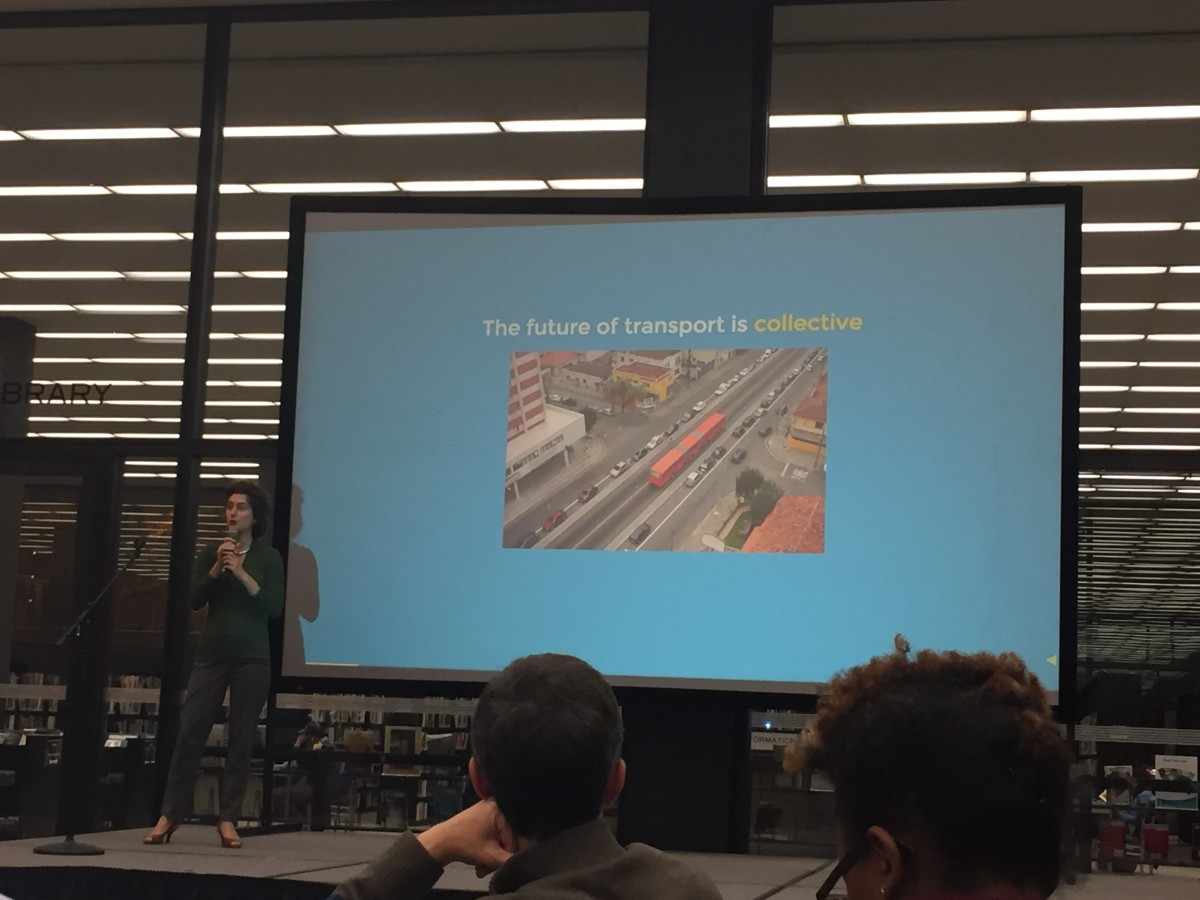Split, D.C.’s homegrown ridesharing startup celebrated one year with a happy hour at American Ice Company off U Street on Wednesday. There were drinks, there was swag and near the end of the party someone even broke out a banana suit.
https://twitter.com/chef_vicky/status/738099339294330880
Technical.ly chatted with CEO Ario Keshani to hear his reflections on one year in business — both the wins and the losses.
“The biggest success for us,” Keshani shared, “is we are the first one that brought shared rides to D.C.” Indeed, Split first launched in May 2015, months before Uber rolled out uberPOOL in October or Lyft launched Lyft Line in November. Still, despite being first, Split now is competing (more) directly against these two ridesharing giants.
Keshani says there’s been an unanticipated benefit, though — awareness.
Uber and Lyft have actually helped us in some ways.
“Uber and Lyft have actually helped us in some ways,” he said. The very existence of their respective carpooling options has “validated our concept.” Of course, Lyft and Uber still dominate in D.C. But Keshani said Split is still growing “rapidly,” proving to him that “there is a lot of demand for the kind of service we provide.”
And as for challenges? “We’re a startup, there have been a million challenges,” Keshani quipped.
But one perennial challenge is balancing supply and demand. Getting the right number of drivers on the road to ensure passengers aren’t waiting while simultaneously trying to ensure that drivers aren’t left without work is something Keshani and his team spend a lot of time trying to get right.
And it’s always changing. The company views WMATA’s upcoming Safe Track work, for example, as an opportunity increase ridership and prove the value of Split’s service to a new set of riders. But again, even with all the analytics, predicting just how demand will change, and when, is a challenge.
Despite operating in a ridesharing market that seems noisy, if not crowded, Split is looking forward to the year ahead. The team of 25 has new digs at WeWork in Dupont, and from there they’ll continue to grow. Keshani has big plans — further growth in D.C. and out into the suburbs, a Series B and eventual expansion to other cities.
Let’s see what year two brings.
Join our growing Slack community
Join 5,000 tech professionals and entrepreneurs in our community Slack today!
Donate to the Journalism Fund
Your support powers our independent journalism. Unlike most business-media outlets, we don’t have a paywall. Instead, we count on your personal and organizational contributions.




